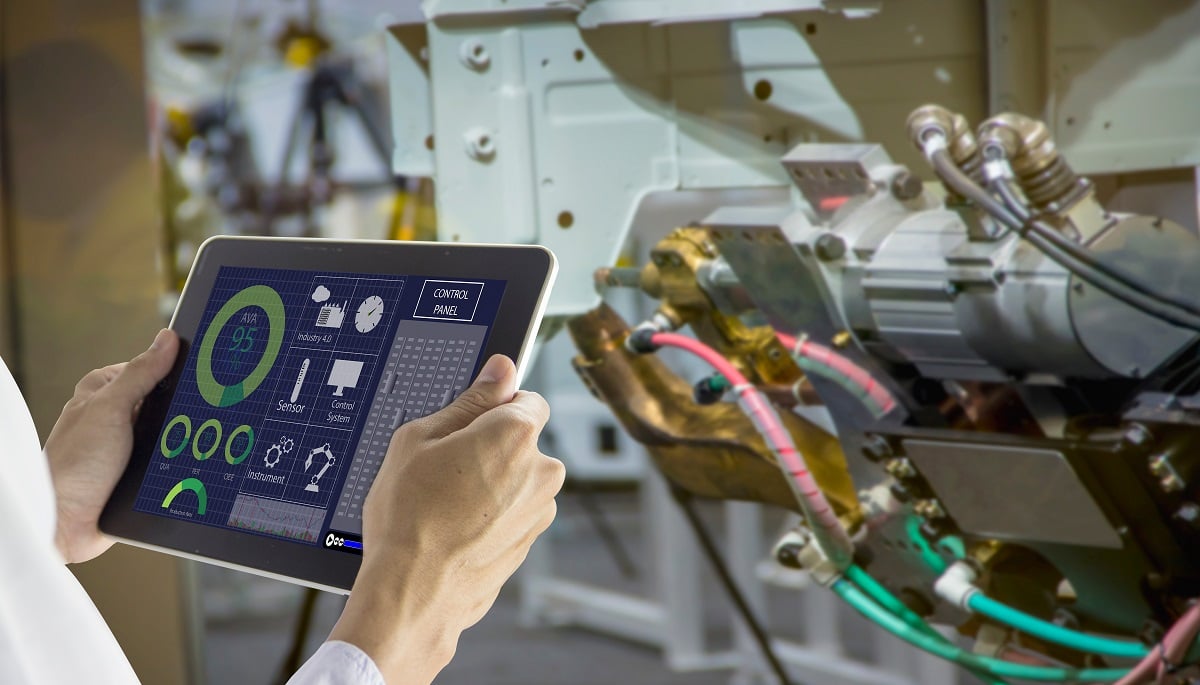
As with other industries, technology has already greatly impacted Facility Management and how we approach it. In particular, the growth of Computer Aided Facility Management (CAFM) and how it has adapted to the increasing importance of the cloud and mobile have been key developments since the turn of the century.
Objectives of FM Providers
Facility Management Providers have a couple of key objectives that are important to understand when assessing which types of technology are likely to be important. These objectives are:
- To protect and enhance asset value, including keeping management and admin costs down; and
- To keep the facility compliant with regulations and to safeguard the people within it.
Solutions, technical or otherwise, that aid these missions are always likely to have an audience and to gain traction.
How Technology Can Help
Equipment failure that causes disruption to operations, neglecting maintenance that leads to expensive remedial work, inefficient use of resources and duplication of effort or overstaffing are all examples of issues that can be financially detrimental and consequently diminish asset value. In severe cases, equipment failure can also be dangerous e.g. fire safety equipment.
Technology can play a key role in preventing these issues. For example, smart lighting systems can turn themselves on or off depending on movement, thus reducing energy costs. Similarly, energy output can be measured from centralised locations with automated controls and parameters set in order to reduce wastage (click here for a case study outlining this effect).
These solutions harness the ability of technology to measure, analyse and find patterns in large data sets, then either apply automated solutions or alert human teams to make relevant fixes and finally verify and measure the outcome of the solution (for example in terms of energy saved).
The Future is Here
Artificial Intelligence has allowed these solutions to be even more effective and has increased the range of applications for technology. Machine Learning, a subset of AI, has proved particularly useful for monitoring stock levels and identifying when spare parts need to be ordered. Another subset, natural language processing, is helpful for interactions with customers. This has implications for call centre operations, including the use of chatbots.
Robotics is an area which has enabled advances in productivity. For example, using drones to remotely inspect AC ducts and other HVAC elements enables the remote capture of more accurate data, reducing staffing costs and observational errors.
The Human Touch
There is a need to embrace new ways of doing things as the FM landscape changes. However, whilst there is considerable added value to be gained from new technologies, it is important that FM providers select, implement and correctly manage the correct suite of solutions for their client. This means assessing what is facility appropriate, cost appropriate and appropriate for their staff’s level of training and knowledge. Opportunities abound for FM providers that are willing to truly commit to them. However, an advanced solution in the hands of unsophisticated users, together with poorly managed data, can create more problems than it solves. As the old adage goes: Garbage In, Garbage Out.

